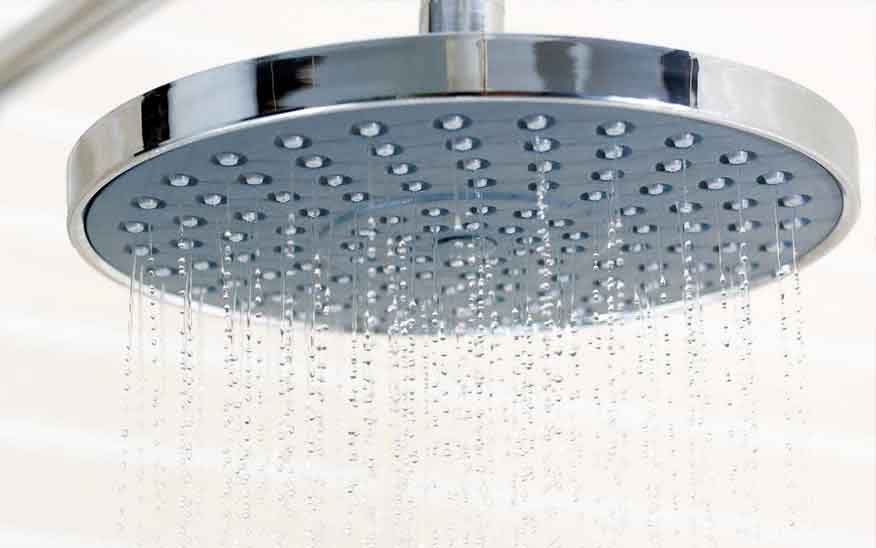Alfiltra water treatment
When it comes to water treatment, it is important to have a competent partner at your side. Due to our company structure, we not only offer you the right solution for water treatment, but are also happy to support you at every level. We are happy to support you from sales to implementation, as well as installation and maintenance. Not only practically oriented consultants, but also excellently trained craftsmen and master craftsmen are at your disposal with Alfiltra. It's not for nothing that we call ourselves the water experts. No matter what water you have and what you want to achieve with your water, there is a solution for almost everything. Do not hesitate to contact us.
Water treatment
Types of water treatment

softening
Our softening systems work with the ion exchange system.

disinfection
Disinfection systems ensure germ-free water by killing microorganisms.

Reverse osmosis
With reverse osmosis technology, the water to be filtered is pressed through a membrane at very high pressure. This process removes the majority of all substances from the water.










